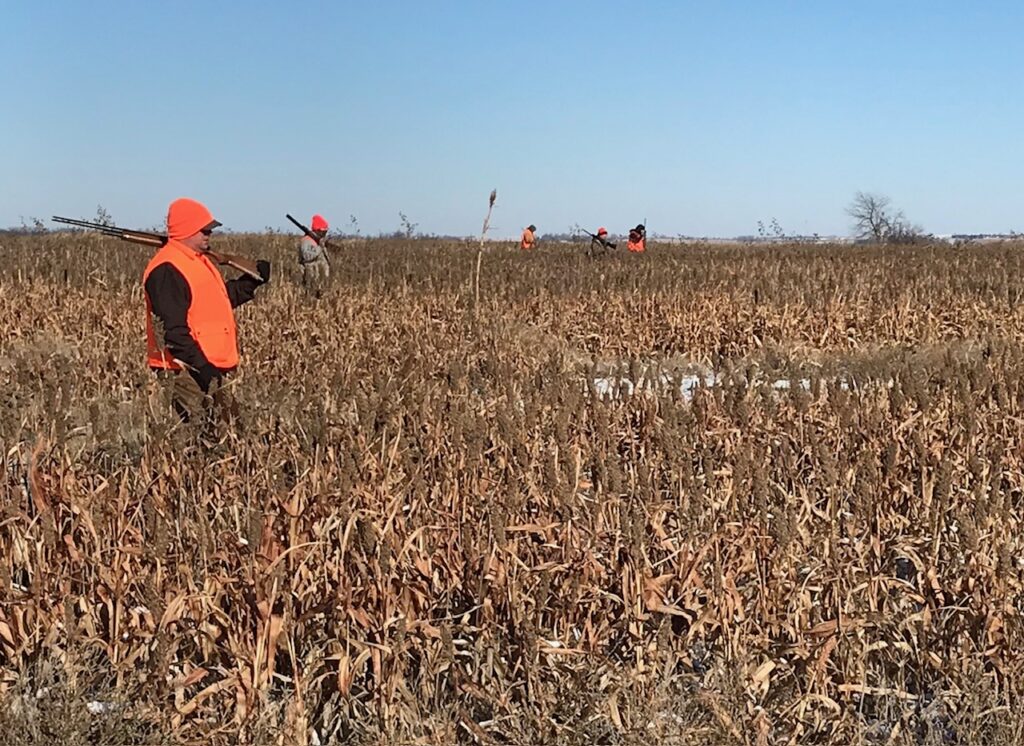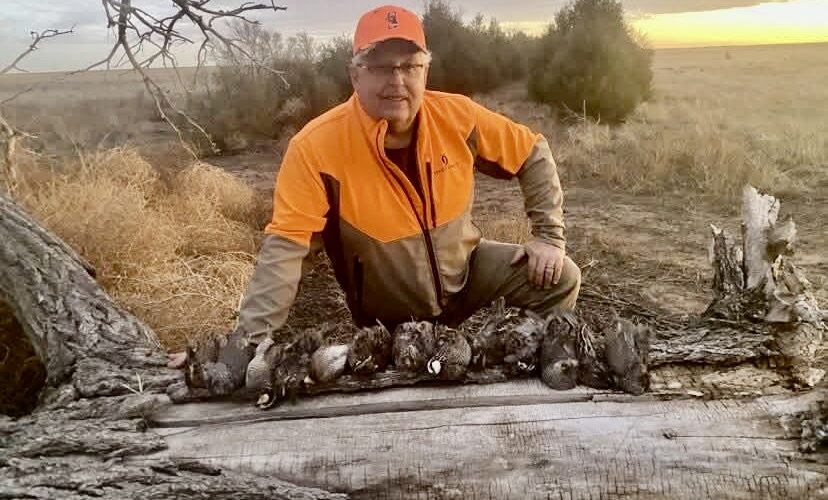Tactics
National Deer Association’s 5 Top Tips for Late-Season Deer Hunting
December 17, 2025 •iSportsman Staff
September 16, 2025
Due to the problem of decreasing hunting opportunities on private lands in the United States, along with the pay-to-play approach in many areas (hunting leases), many bird hunters are now relying more than ever on public hunting lands. These areas often have decent bird numbers when the season begins, but quickly the “easy” birds near parking areas are taken or driven deeper into the hunting zones.
Given that, many public land hunters have learned that to succeed, they need to hunt more strategically—and sometimes harder—than those on private lands. Enough pressure causes birds on public lands to move further away from roads and deeper into denser cover. As a result, simply going the literal “extra mile” often makes the difference between success and failure.
Tracy Daniel is a retired Oklahoma game warden and avid bird hunter who has chased birds on public lands in Kansas, Nebraska, South Dakota, Montana, Arizona, New Mexico and his home state of Oklahoma. He says one key to his and his hunting buddies’ success is finding places that receive a little less hunting pressure.
“I try to go to places that I don’t see a lot of other hunters hunting,” Daniel said. “I’ll take a map and look at it, I’ll kind of avoid those spots that are close to big metro areas because I’m assuming they get hunted a little harder. It’s productive to kind of go to some of the more remote areas that you have to walk quite a way to get back in a little deeper.
“You learn those areas by looking at maps. You look and say, ‘Hey, I can walk back in there. And it’s a mile and a half from the nearest country road.’ There’s not lots of people who will walk that far. Most hunters—even bird hunters—don’t get a half mile off the road. Just being willing to walk a little farther, a little harder and a little longer than other guys makes a big difference.”
Daniel said that the best time to find such locations isn’t during your hunting trip. They can be located months in advance with some diligence.
“I can sit at home in the evening, get out my cell phone, turn OnX on and scroll up into Montana and look at areas and say, ‘Man, that’s 20 miles away from any highway.’ You just kind of think, ‘Hey, that probably doesn’t get hit very often.’ And then when we go hunt those areas, we usually find out they don’t get hunted very often.”
While going deep is important, Daniel says much of his hunting success comes from the many hours he spends researching public lands in states—and specific areas of states—where he wants to hunt.

Choose cold days, during the middle of the week, when you and your friends are likely to be the only ones out on public land. Doug Howlett Photo
“It takes a lot of research to really make your hunt as good as you can make it,” he said. “That research starts in spring or even a little bit earlier, looking at maps, going online, looking at fish and game agencies’ websites and their reports from the year before on harvest records. A lot of agencies do a really good job on that, letting you know how many grouse were harvested in this county and how many prairie chickens were harvested in that one.”
He also figures out which parts of a targeted state face the most hunting pressure, then attempts to hunt in a different area that still has good bird populations but encounters less pressure.
“For example, in Montana this past year, we were hunting a part of the state, in the southeast portion, and not a lot of people really hit that,” he said. “And, instead of focusing on what they call block management (private lands enrolled for public hunting) we focused on BLM land. Using OnX maps, we really had good luck hunting that BLM land. Nobody else was hunting it.”
Daniel said that hunt timing is also important because it can allow you to hunt with less pressure, which often leads to more success.
“I hardly ever go on opening days,” he said. “I go to Kansas later in the season in the middle of the week, and very seldom do I have company. Occasionally, I do, and usually it’s another out-of-state hunter.”
Looking for public land spots that other hunters might consider more of a nuisance has also paid off for Daniel and his hunting buddies. Another good way to find under utilized public land is to check out military hunting lands, many open to the general public, on iSportsmanX.
“We were hunting up by Shelby (Montana) three years ago, and there are a lot of waterfowl production areas up there near the Canadian border,” he said. “Those waterfowl production areas kind of get overlooked by upland game hunters because you have to use nontoxic shot. Man, we found some fantastic sharptail hunting in those areas. Plus, we saw only one other group of hunters in a week that were hunting the same type of spots.”
While many parts of the country, like Texas and Oklahoma, have become mostly lease-hunting on private lands, hunters from those states often forget that the same situation doesn’t apply in some other regions. As a result, a little diligence might even help you find private land to chase your favorite bird.
“We’re not afraid to knock on doors,” Daniel said. “For example, in Montana, that state has not been abused very much by bird hunters. And we hardly ever get turned down when asking landowners to hunt on their property, even if they’re not enrolled in the program. They’ll generally look at you and say, ‘You guys drove all the way from Oklahoma to hunt birds?’”
